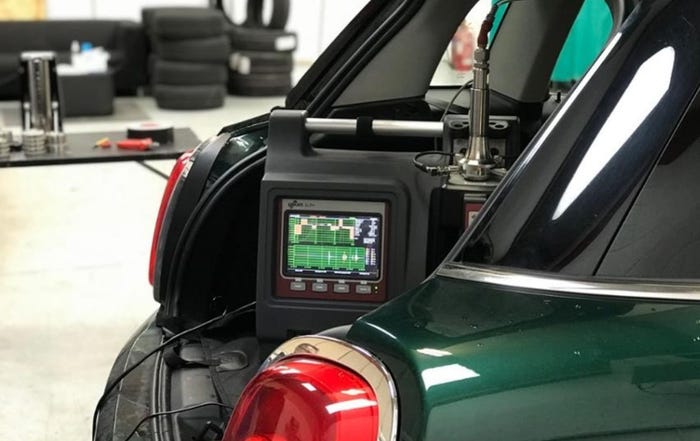Toyota’s Gulash: ‘Autopilot’ Not Ready for Takeoff
“I don’t want to be in my vehicle thinking it will be truly a complete co-pilot for quite a few years. I use the term ‘teammate,’ because I think that’s important for the U.S. society in general to understand,” Toyota’s Chuck Gulash says.
August 3, 2015

TRAVERSE CITY, MI – Some of the terminology used today in the field of automated-driving technology may be giving drivers false impressions of what current systems can do.
A case in point is the popular phrase “co-pilot,” or the similar “autopilot.”
Chuck Gulash, senior executive engineer at the Toyota Technical Center, has eschewed both.
“If I’m in an airplane with a co-pilot, and I see someone from the cockpit going back to the restroom, I feel OK,” he tells attendees here at the Center for Automotive Research’s 2015 Management Briefing Seminars.
“But I don’t want to be in my vehicle thinking it will be truly a complete co-pilot for quite a few years. I use the term ‘teammate’ because I think that’s important for the U.S. society in general to understand.”
Yes, automated-driving technology isn’t quite ready for prime time, or at least always ready to let the driver kick back and relax while the car does all the work.
Gulash and the rest of his team at Toyota’s Collaborative Safety Research Center have been thinking about this issue a lot lately, and they have identified a number of factors before vehicles can reach the much-talked-about fully autonomous level of driving.
In-car intelligence needs to improve, Gulash says in his speech, via better sensors and 3D maps, better decision-making abilities in the name of safety and by achieving greater cooperation between the driver and vehicle in a variety of traffic conditions.
The CSRC near Ann Arbor, MI, opened in January 2011, with Toyota investing $50 million for five years and vowing a stronger commitment to safety following the automaker’s unintended-acceleration-related recalls.
Toyota and its partners, including universities, research hospitals and federal agencies, have been identifying and studying the most pressing vehicle-safety issues related to distracted driving and vulnerable populations, including children, teens and the elderly.
But the explosion of technology in the past four years, including the field of wearables, has prompted a shift in thinking. Gulash says the CSRC now is looking at a safe transition to future mobility, given our connected-tech lifestyles.
Toyota last fall announced it was investing an additional $35 million in the CSRC for the 2016-2021 period and now is asking for outside perspectives to determine research statements for those five years.
Gulash notes data-analysis tools and software-development kits likely are needed, given how much data is being generated by naturalistic driving studies.
“By my calculations, the two-plus petabytes of data collected is about the equivalent of 11.5 years of continuous running of (the TV show) True Detective in HD. There are not enough undergraduates in the country to go through (it),” he says.
Personalizing cars not just for drivers but passengers and transport systems also is a possible 2020s smart-mobility focus, as is monitoring the state of the driver, given the proliferation of wearable technology such as the Fitbit and Apple Watch. The future includes paintable, ingestible and, possibly, implantable driver-monitoring devices, he says.
Gulash says Toyota’s CSRC has completed almost 40 projects to date with 19 North American universities. Research results are shared externally, including with other automakers.
Read more about:
2015You May Also Like



